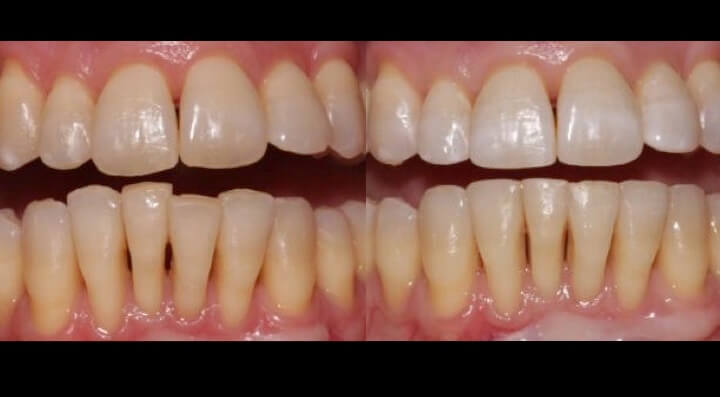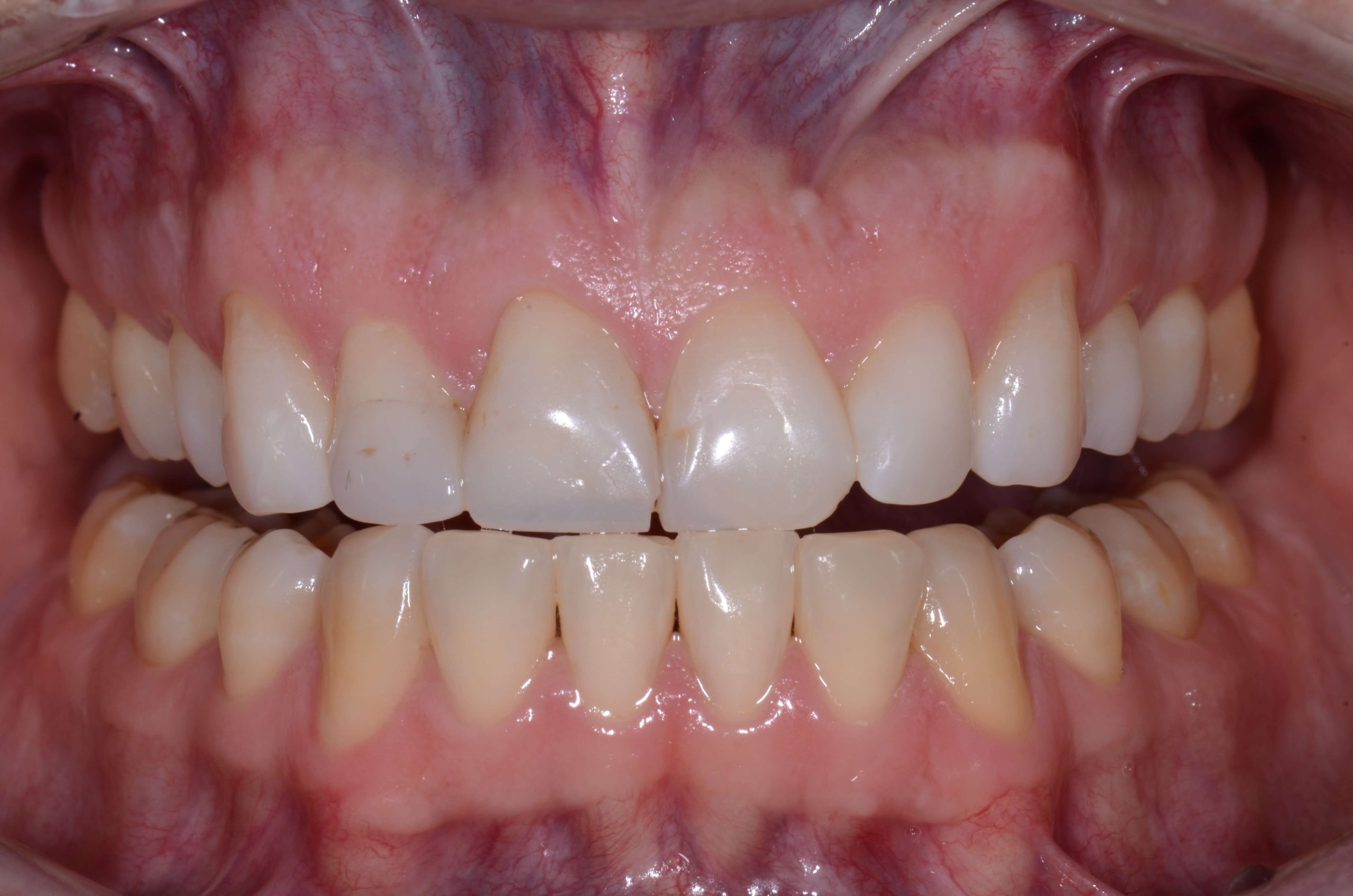Little Guys Matter
Why Focusing on the Lower Anterior Teeth in Restorations is Important for Esthetics and Function
If you ignore the lower anterior teeth in a restoration, you may be sacrificing a significant amount of potential case benefits.
The process of improving dental techniques is one of constant refinement throughout our careers. We build upon techniques and begin to see our blind spots with each new case.
This blog is about specificity and detail-oriented technique. Excellent clinical dentistry balances the patient’s desire to improve their smile esthetics with effectively conveying the overall importance of planned changes to their health.
Incorporate the approach I discuss below into your restorative work and you’ll see the benefits extend widely to both final case esthetics and patient satisfaction. After all, those twin goals entwine throughout everything we do in the dental practice.
Restore Lower Anterior Teeth for Esthetics and Function
Have you ever noticed cases in various dental publications where nice restorative work has been completed on the upper anterior teeth, but the lower incisors were completely ignored? Oftentimes the lower anterior teeth (the little guys) are crowded, uneven, worn, and/or damaged.
This discordant aspect is visually jarring and detracts from the perceived beauty of the final result. The pristine nature of the upper anterior teeth throws the correspondingly less appealing look of the lower anterior teeth into greater relief.
The little guys are important for esthetics and function. They show considerably more on speech as we age, something very few patients realize. They are also critical for distribution of forces as we move into protrusive and excursions. The Pankey Institute recognizes the importance of lower anterior teeth as a vital aspect of complete dental care.
This is a periodontal case where a simple equilibration substantially improved esthetics and force distribution. Patients really appreciate an enhanced smile. They immediately feel better function and stability.
What commonly overlooked areas or techniques do you use to improve restoration esthetics and function? We’d love to hear from you in the comments!
Related Course
Functional Esthetic Excellence – Utilizing 100% Digital Workflow
DATE: May 8 2025 @ 8:00 am - May 10 2025 @ 2:00 pmLocation: The Pankey Institute
CE HOURS: 25
Dentist Tuition: $ 3195
Single Occupancy with Ensuite Private Bath (per night): $ 345
Embracing Digital Dentistry This course will introduce each participant to the possibilities of complex case planning utilizing 100% digital workflows. Special emphasis will be placed on understanding how software can…
Learn More>









